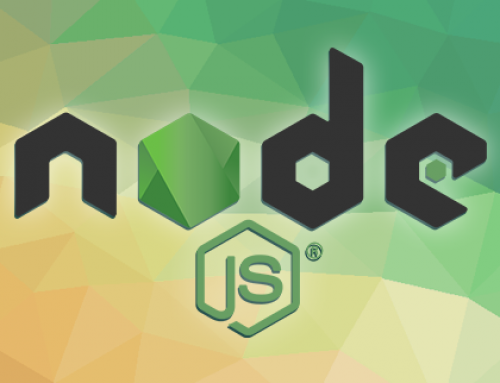
The Symfony framework overview
The Symfony PHP framework is easy to use thanks to its Ruby-On-Rails-like programming method, clean design and code readability. Symfony offers Ajax helpers, plugins and an admin generator interface, which renders the programming of complete applications truly easy. The developers can focus on applicative logic without wasting time to write infinite XML configuration files.
Symfony can be used for building robust applications in an enterprise context as it helps developers to test, debug and document projects, giving them full control over configuration and customization – from the directory structure to the foreign libraries.
Symfony uses the Model-View-Controller design pattern, which separates the business logic from the presentation layer.
Plus, if you choose Symfony you will benefit from the active, helpful open-source community that stands behind it.
Symfony – features summary
Symfony, which is designed to optimize the development of web applications, grows in features with every release. Aimed at shortening the development time of complex web applications, it automates common tasks so that developers can focus only on the specificities of an application.
Symfony – a database engine-independent PHP framework, which can be easily installed and configured, generates readable code with phpDocumentor comments. This MVC framework is easy to extend, features Propel plugins and allows integration with other vendor libraries. Developers can take advantage of the inbuilt internationalization layer allowing data and interface translation and content localization, and can reduce the amount of presentation code by encapsulating large shares of code in simple function calls. The presentation avails of templates and layouts that can be built by HTML designers who have no knowledge of the framework. The in-built form generator offers automated validation and repopulation of the forms. All Symfony-built applications support output escaping which protects them from attacks via corrupted data. The webmasters can benefit from the search-engine friendly routing, smart URLs, built-in e-mail and API management features, easily implementable Ajax interactions, and last, but definitely not least – one-line helpers that encapsulate cross-browser-compatible JavaScript effects.
Symfony provides various development environments and comes with several tools that help automate ordinary software engineering tasks:
- code-generation tools for prototyping and one-click back-end administration
- built-in unit and functional testing framework allowing test-driven development
- a debug panel which speeds up debugging by displaying the info needed by the developer on the very page he is working on
- a command-line interface, which automates the application deployment between two servers
- logging features giving administrators complete information about an application’s activities






